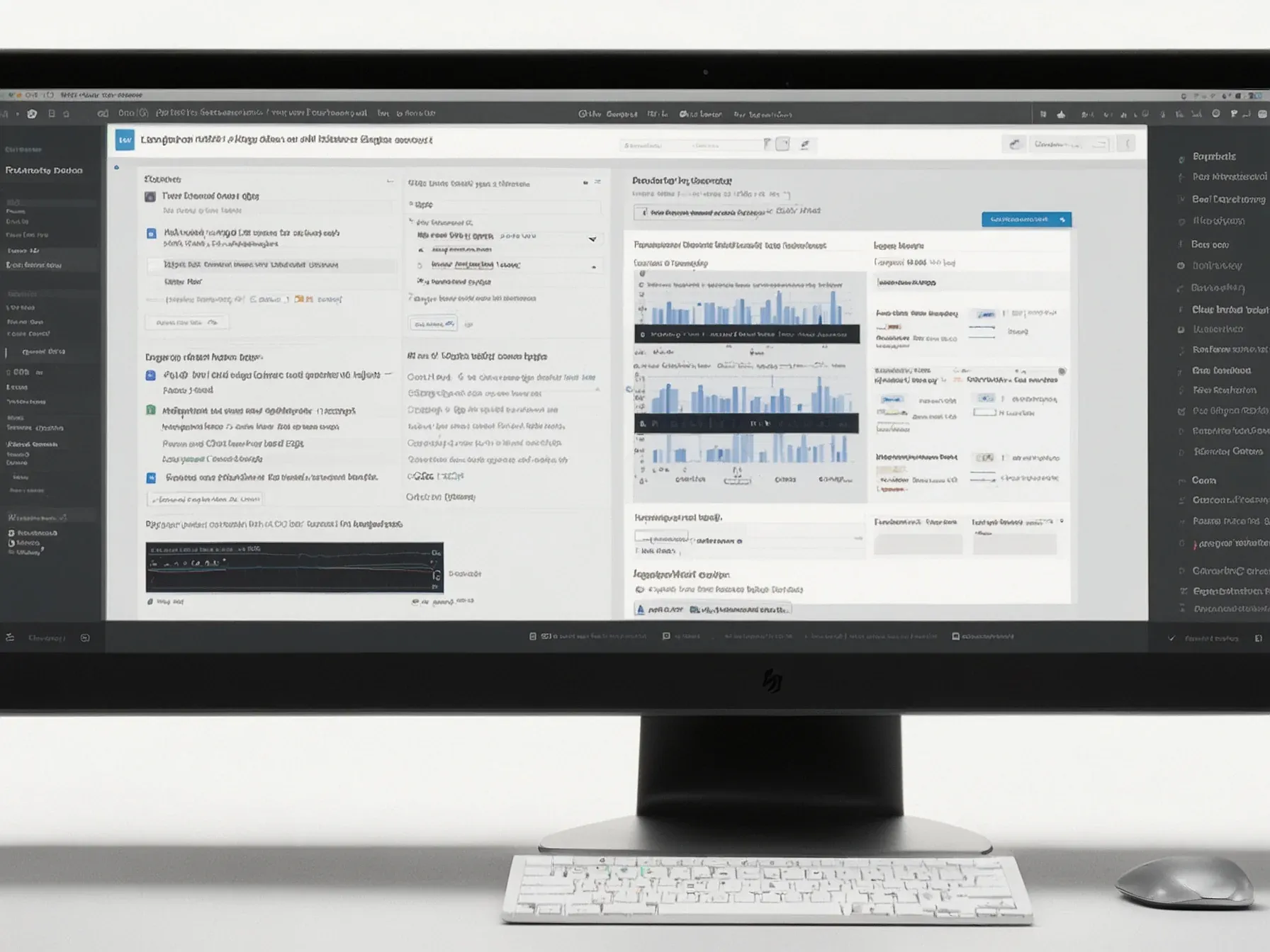
1M business customers use AgentKit to build AI agents in days
When a company tries to roll out an AI assistant, speed often feels like the missing piece. Many firms hit a wall because building an agent can take months, draining cash and killing enthusiasm. AgentKit says it’s trying to change that, offering a platform where people without a coding background can put together, test and push out agents without the usual hassle.
The firm says about a million business customers have already used the tool, turning ideas into working bots in just a few days. That kind of turnaround seems to catch the eye of large investors and asset managers who need to tweak complex, multi-agent setups fast. Carlyle, one of the early adopters, reports that their evaluation suite cut weeks off the internal build timeline.
If those numbers hold, moving from long-running pilots to almost immediate production could really alter how corporations weave AI into everyday work. Below is a statement from AgentKit’s leadership that spells out how they’re pulling it off.
- We also made enterprise agents practical to build and deploy with AgentKit, making it possible for teams to go from idea to production in days instead of months. Companies like Carlyle are already seeing results: the AgentKit evaluation platform cut development time on Carlyle's multi-agent due diligence framework by over 50% and improved agent accuracy by 30%. - We also advanced our multimodal models to enable richer workflows--from the Image Generation API and Sora 2 for visual and video creation to gpt-realtime and Realtime API to build production voice agents.
Teams across every industry can now work across text, images, video, and audio in one system. (opens in a new window)According to a recent Wharton study(opens in a new window), 75% of enterprises report a positive ROI, and fewer than 5% report a negative return. While there are many studies on this topic, this one reflects what we see on the ground today with our customers: when AI is deployed with the right use case and infrastructure, teams see real results.
- Indeed is using OpenAI APIs in its Invite to Apply feature to drive a 20% increase in applications and a 13% lift in hires. - Lowe's empowers all associates in 1,700+ stores with expert project guidance through Mylow Companion, an in-store app built with OpenAI models. - With OpenAI as the backbone of Fin, their customer service agent, Intercom has accelerated development cycles from quarters to days.
- And starting today, Databricks(opens in a new window) is bringing OpenAI frontier intelligence to where enterprises' data already lives--making it easier to build and run high-quality agents. Beyond internal adoption, we're seeing a second trend: businesses increasingly want to build with OpenAI too. Companies are creating new applications and agentic workflows directly on our platform.
About a million companies have signed up for OpenAI’s platform - big names like AMEX, Amgen, Target and Cisco pay for it themselves. AgentKit is said to trim development cycles, so a team could go from sketch to live in days instead of months. Carlyle’s own evaluation tool apparently shaved weeks off multi-agent builds, but we don’t have exact numbers.
Early adopters claim that building and deploying enterprise agents is now doable, yet it’s unclear if that speed will hold up for every scenario. Weekly sign-ups keep climbing, but nobody has released retention stats or long-term results. If the faster rollout actually drives revenue, the service might cement its spot as a rapidly expanding enterprise option.
On the flip side, without broader performance data the real value stays fuzzy. So the headline figures look strong, but solid proof of lasting advantage is still emerging.
Further Reading
- OpenAI AgentKit vs Traditional Workflows: The Complete 2025 Guide - Chat Data
- Introducing AgentKit - OpenAI
- 10 Essential OpenAI AgentKit Use Cases in 2025 - Skywork.ai
- OpenAI's AgentKit: The Future of Custom AI Agents - USAI
- 4 Harsh Realities of OpenAI's AgentKit for Enterprises - CloudFactory
Common Questions Answered
How does AgentKit claim to reduce AI agent development time for enterprises?
AgentKit asserts that its platform enables non‑technical teams to assemble, test, and launch AI agents in days rather than months, cutting typical development cycles dramatically. The company highlights that this speed improvement helps preserve budgets and maintain project momentum.
What performance improvements did Carlyle experience using AgentKit's evaluation platform?
Carlyle reported that the AgentKit evaluation platform reduced development time for its multi‑agent due diligence framework by over 50% and boosted agent accuracy by roughly 30%. These gains illustrate the practical benefits of the platform for complex enterprise workflows.
Which multimodal capabilities has AgentKit added to support richer AI workflows?
AgentKit advanced its multimodal models by introducing an Image Generation API and the Sora 2 model for video, enabling agents to handle visual content alongside text. These additions allow enterprises to create more sophisticated, media‑rich agent interactions.
Who are some of the notable business customers that have adopted AgentKit, and how do they pay for the service?
Among the one million business customers are AMEX, Amgen, Target, and Cisco, each of which pays directly for AgentKit’s services. Their adoption demonstrates broad industry interest in accelerating AI agent deployment.



